Fokker E.1
Fokker E.1 Fokker Scourge
 |
|
| Max Immelmann of Feldflieger Abteilung 62 in the cockpit of his Fokker E.I., bearing IdFlieg serial E.13/15 | |
| Role | Fighter |
|---|---|
| Manufacturer | Fokker-Flugzeugwerke |
| Designer | Anthony Fokker & Martin Kreutzer |
| First flight | Early 1915 |
| Introduction | June 1915 |
| Primary user | |
| Produced | 1915–1916 |
| Number built | 54 |
|
|
.
History Fokker-Flugzeugwerke
Fokker E.1 Fokker Scourge
First flight Early 1915
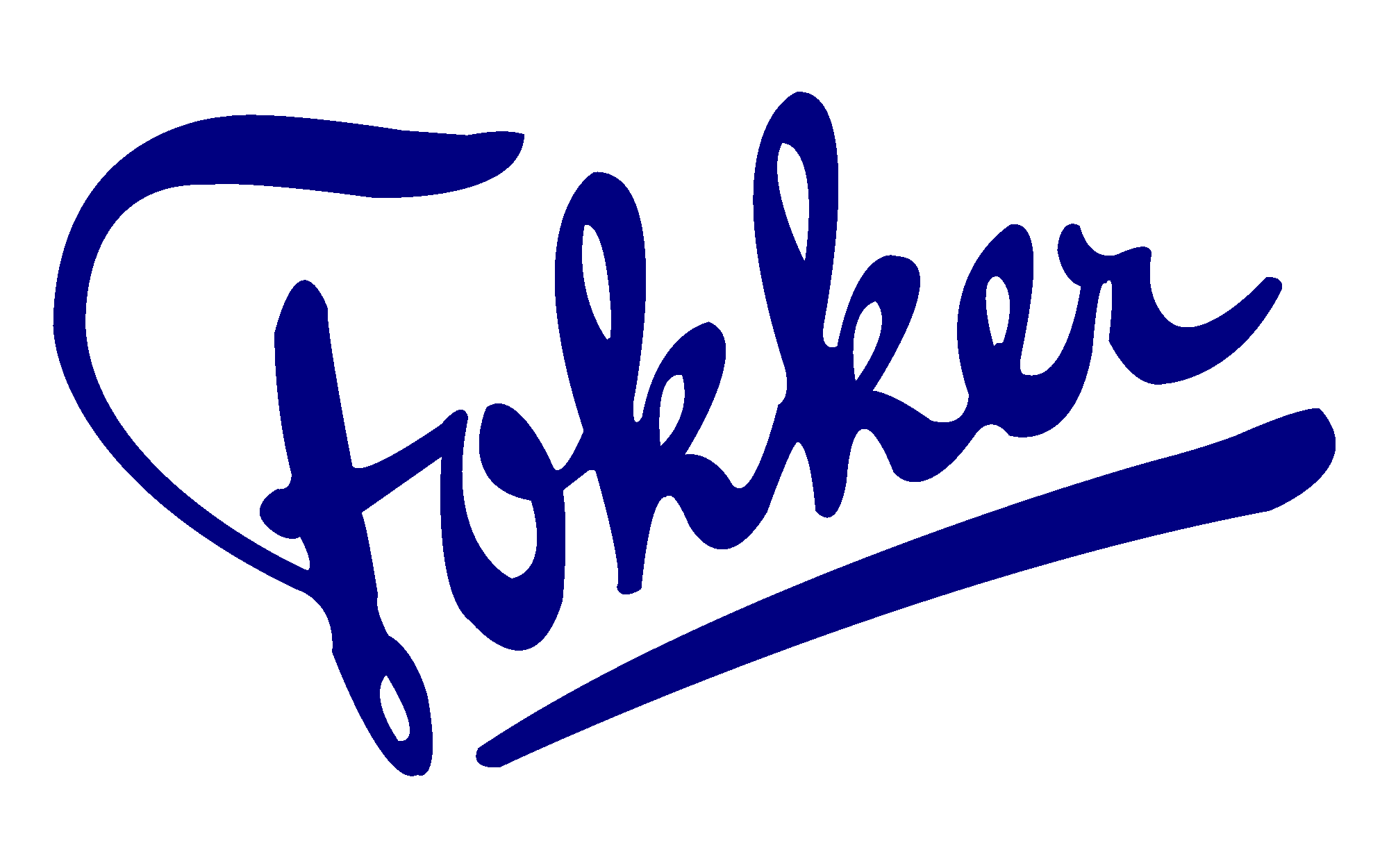
The Fokker E.I was the first fighter aircraft to enter service with the Fliegertruppe of the Deutsches Heer in World War I. Its arrival at the front in mid-1915 marked the start of a period known as the "Fokker Scourge" during which the E.I and its successors achieved a measure of air superiority over the Western Front.
Operational history


Two German pilots, Leutnants Otto Parschau and Kurt Wintgens, worked closely with Anthony Fokker in early 1915 during evaluation of the M.5K/MG. Wintgens is known to have downed a two-seat Morane-Saulnier Type L parasol monoplane on 1 July 1915 while flying his M.5K/MG, but as the victory occurred in the airspace behind Allied lines, over the Forêt de Parroy near Lunéville, this could not be confirmed at the time. A similar victory over another Morane "Parasol" two-seater, again unconfirmed, was scored by Wintgens three days later. On the 15th, Wintgens scored his first confirmed victory over a third Morane Parasol, the earliest known confirmed aerial victory for anyone flying a Fokker E-series monoplane in combat.

0
KmCeiling
0
KmCombat RANGE
0
Km/hAircraft Speed
0
Max Crew
Photo Gallery
Fokker-Flugzeugwerke
Fokker E.1 Fokker Scourge


Fokker-Flugzeugwerke
Fokker E.1 Fokker Scourge
General Info
-
-
- Crew: 1
- Length: 7.22 m (23 ft 8 in)
- Wingspan: 8.85 m (29 ft 0 in)
- Height: 2.9 m (9 ft 6 in)
- Wing area: 15.9 m2 (171 sq ft)
-
Powerplant
-
- Empty weight: 360 kg (794 lb)
- Gross weight: 563 kg (1,241 lb)
- Powerplant: 1 × Motorenfabrik Oberursel U.0 7-cylinder air-cooled rotary engine (clone of Gnome Lambda engine), 60 kW (80 hp)
- Propellers: 2-bladed wooden fixed-pitch propeller, 2.3–2.5 m (7 ft 7 in – 8 ft 2 in) diameter
-
-
-
Performance
- Maximum speed: 130 km/h (
- Cruise speed: 110 km/h
- Range: 198 km (123 mi, 107 nmi)
- Service ceiling: 3,000 m (9,800 ft)
- Time to altitude: 2,000 m (6,600 ft) in 20 minutes
-
Related development
-
- Guns: 1 × forward-firing 7.92 mm (.312 in) Spandau lMG 08 machine gun (one Parabellum MG14 M/G on prototypes)
Links to Youtube & Others
The earliest production D.VIIs were equipped with 170–180 hp Mercedes D.IIIa. Production quickly switched to the intended standard engine, the higher-compression 134 kW (180–200 hp) Mercedes D.IIIaü. Some early production D.VIIs delivered with the Mercedes D.IIIa were later re-engined with the D.IIIaü.
Fokker-Flugzeugwerke
Fokker E.1 WW1 Fighter
In September 1918, eight D.VIIs were delivered to Bulgaria. Late in 1918, the Austro-Hungarian company Magyar Általános Gépgyár
Youtube Link
When the Fokker D.VII entered squadron service with Jasta 10 in early May 1918, Allied pilots at first underestimated the new fighter because of its squarish, ungainly appearance.
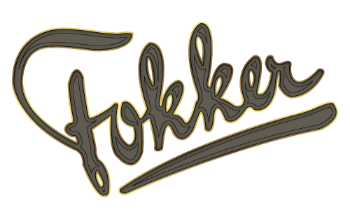


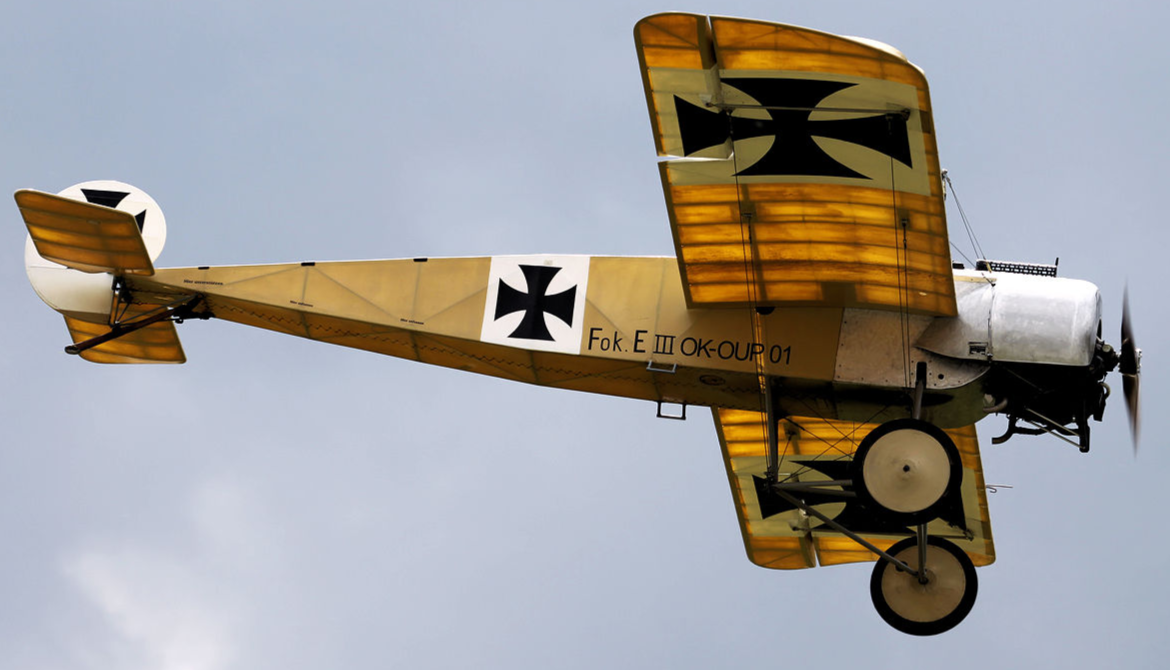





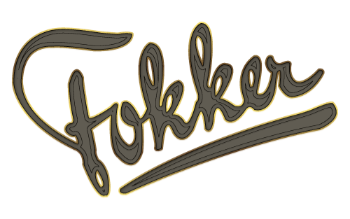

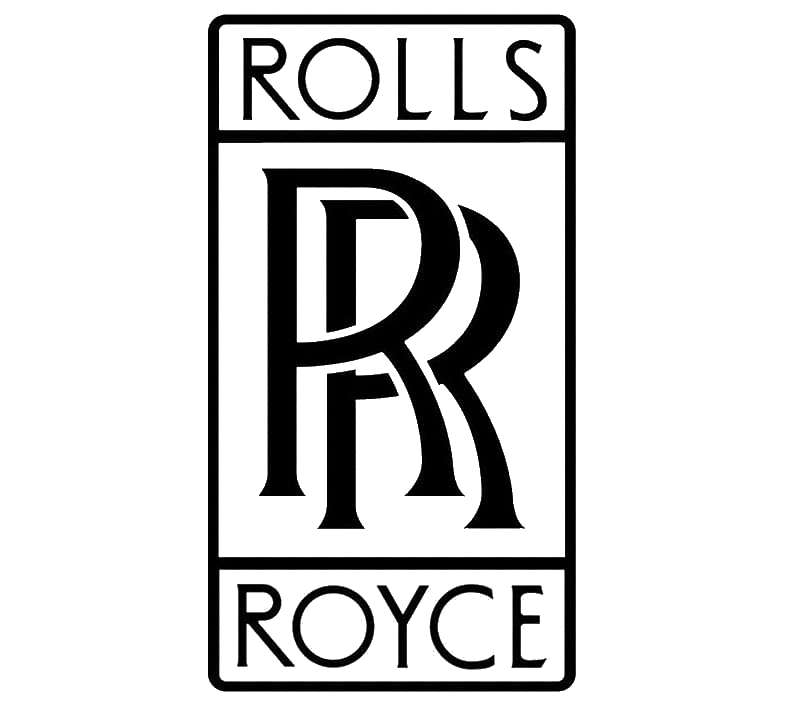

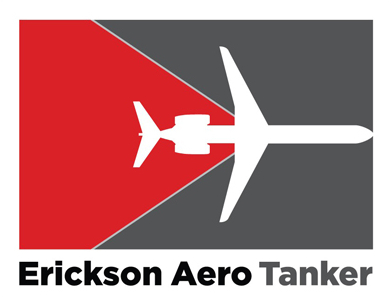
.svg.png)